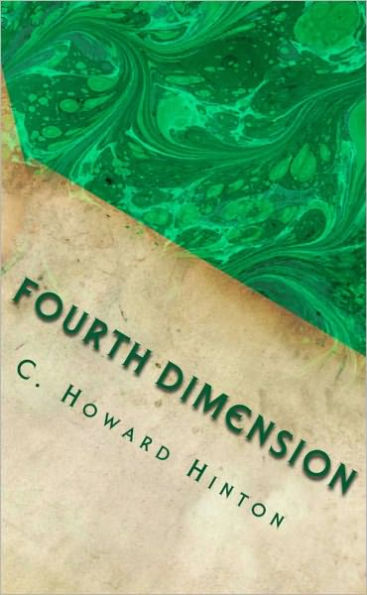I HAVE endeavoured to present the subject of the higher dimensionality of space in a clear manner, devoid of mathematical subtleties and technicalities. In order to engage the interest of the reader, I have in the earlier chapters dwelt on the perspective the hypothesis of a fourth dimension opens, and have treated of the many connections there are between this hypothesis and the ordinary topics of our thoughts.
A lack of mathematical knowledge will prove of no disadvantage to the reader, for I have used no mathematical processes of reasoning. I have taken the view that the space which we ordinarily think of, the space of real things (which I would call permeable matter), is different from the space treated of by mathematics.
Mathematics will tell us a great deal about space, just as the atomic theory will tell us a great deal about the chemical combinations of bodies. But after all, a theory is not precisely equivalent to the subject with regard to which it is held. There is an opening, therefore, from the side of our ordinary space perceptions for a simple, altogether rational, mechanical, and observational way of treating this subject of higher space, and of this opportunity I have availed myself.



